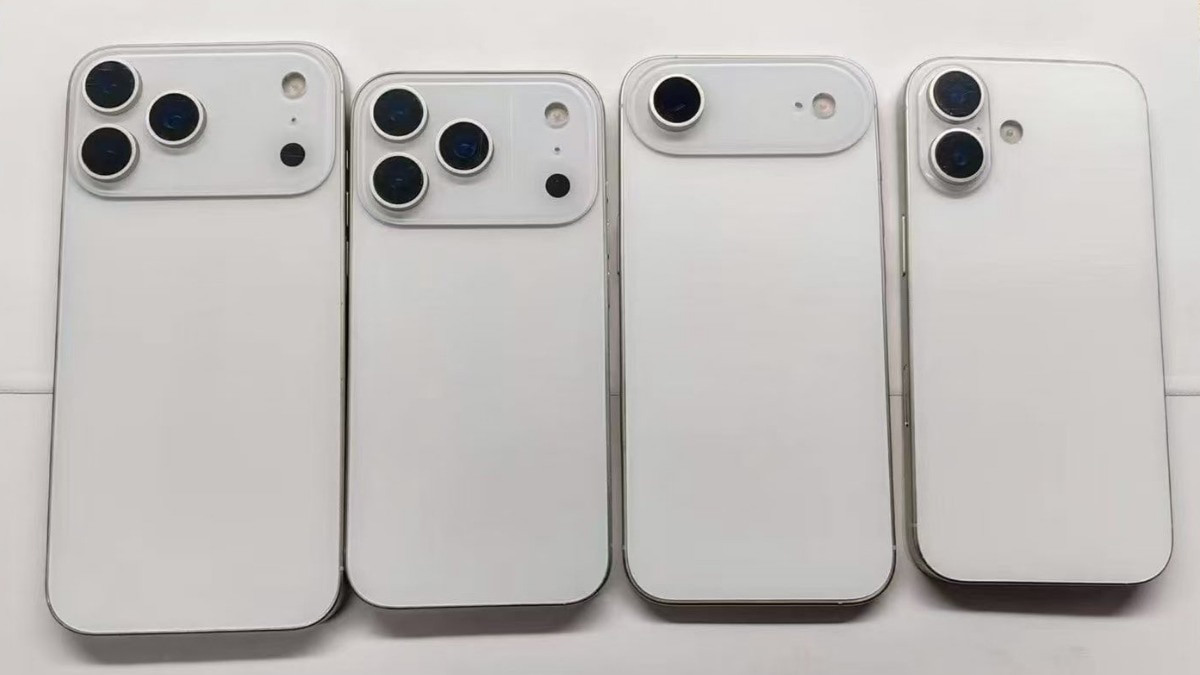Hey there! If you’re reading this, you’re probably looking to enhance your workspace with a second monitor. Whether you’re working from home, gaming, or just want to multitask like a pro, switching to a second monitor can be a game-changer. In this friendly guide, we’ll explore everything you need to know about switching 2nd monitors, troubleshooting common issues, and making the most of your dual display setup. So, grab a cup of coffee, and let’s dive in!
Why You Should Consider a Second Monitor
Have you ever found yourself juggling multiple windows on a single screen? It can be frustrating, right? A second monitor can help you stay organized and boost your productivity. Imagine having your email open on one screen while you work on a document on the other. It’s like having a personal assistant right there with you!
Plus, if you’re into gaming or streaming, a second monitor can enhance your experience. You can keep an eye on your chat while playing your favorite game. The possibilities are endless!
See Also: What Is content://cz.mobilesoft.appblock.fileprovider/cache/blank.html? Simple Guide
How to Switch to a Second Monitor
Switching to a second monitor is easier than you might think. First, you need to connect your second monitor to your computer. Most modern computers have HDMI, DisplayPort, or VGA ports. Just plug in the cable, and you’re halfway there!
Once connected, it’s time to configure your display settings. On Windows 10, right-click on your desktop and select “Display settings.” Here, you can choose how you want to use your second monitor. You can extend your display, duplicate it, or even use it as your primary monitor.
If you’re using Windows 11, the process is quite similar. Just head to the display settings, and you’ll find options to adjust your second monitor settings easily.
Troubleshooting Common Issues with Your Second Monitor
Sometimes, things don’t go as smoothly as we’d like. If your second monitor isn’t displaying anything, don’t panic! Here are some common issues and how to fix them.
Second Monitor Not Detected
If your second monitor isn’t detected, first check the connections. Make sure the cable is securely plugged in. If it’s still not working, try restarting your computer. Sometimes, a simple reboot can do wonders!
Second Monitor Flickering
A flickering screen can be annoying. This issue might be due to a refresh rate mismatch. To fix this, go to your display settings and adjust the refresh rate. Make sure it matches the specifications of your monitor.
Adjusting Second Monitor Resolution
If your second monitor looks blurry or stretched, it might be a resolution issue. In the display settings, you can adjust the resolution to match your monitor’s native settings. This will ensure everything looks crisp and clear.
Configuring Your Dual Monitor Setup
Now that you’ve got your second monitor connected and working, let’s talk about how to make the most of it. Here are some tips for configuring your dual monitor setup.
Extend Display to Second Monitor
Extending your display allows you to use both monitors as one large screen. This is perfect for multitasking! To do this, go to your display settings and select “Extend these displays.” You can then drag windows between the two screens seamlessly.
Change Primary Monitor
If you want to switch your primary monitor, it’s easy! In the display settings, select the monitor you want to set as primary and check the box that says “Make this my main display.” This will ensure your taskbar and desktop icons appear on your chosen monitor.
Screen Mirroring Second Display
If you want to show the same content on both screens, you can use screen mirroring. This is great for presentations or sharing your screen with others. Just select “Duplicate these displays” in your display settings.
Fixing Common Problems with Second Monitor Setup
Even with the best intentions, problems can arise. Here are some common issues and how to troubleshoot them.
Second Monitor Not Working
If your second monitor isn’t working at all, check the power source. Make sure it’s plugged in and turned on. If it’s still not responding, try using a different cable or port.
Issues with Second Monitor Connection
Sometimes, the connection can be finicky. If you’re experiencing issues, try unplugging and replugging the cable. You can also try connecting the monitor to a different computer to see if the issue persists.
Troubleshoot Second Monitor Issues
If you’re still having trouble, don’t hesitate to search online for specific solutions. There are plenty of forums and resources available to help you troubleshoot your second monitor issues.
Tips for a Smooth Dual Monitor Experience
To wrap things up, here are some final tips for enjoying your dual monitor setup:
- Organize Your Workspace: Keep your most-used applications on your primary monitor for easy access.
- Use Keyboard Shortcuts: Familiarize yourself with keyboard shortcuts for switching between monitors. This can save you time!
- Adjust Brightness and Color Settings: Make sure both monitors have similar brightness and color settings for a cohesive look.
Conclusion
Switching to a second monitor can truly transform your workspace. Whether you’re looking to boost productivity, enhance your gaming experience, or simply enjoy a more organized setup, a second monitor is a fantastic investment. Remember to troubleshoot any issues you encounter, and don’t hesitate to explore all the features your dual display setup has to offer.
So, are you ready to take the plunge and switch to a second monitor? With these tips and tricks, you’ll be well on your way to a smoother, more efficient workspace. Happy switching!





